THE COSTUME VIRTUOSO
Mrs. Carmia Marshall-David is set costumer in the film and television industry.
Job Title(s): Co-Founder of CreativeTypes, Star Dresser, Key Set Costumer, Wardrobe Stylist, Personal Shopper and Author
Born: Flint, MI
Lives: Brooklyn, NY
Works: where the job takes me
Select Projects:
- Star Dresser: Rihanna for Ocean 8, Russell Crowe for Noah, Winter Tales, Fathers and Daughters and The Nice Guys
- Key Costumer: The OA, The Affair, Annie, Sex in the City 2, Spider-Man 2
- Personal Stylist: Individual clients looking to create a functioning closet
- Co-Author: T-shirt Makeovers (Glitterated Inc), Denimmania (St.Martin's Press), Chic Sweats (St.Martin's Press)
Senior Editor,Westfield Magazine, along with Fashion Director Kate Powell for Style for Hire
Star Dresser, Clive Owen, Duplicity
Key Costumer, Step-Up 3-D
CreativeTypes: What do you do?
Carmia Marshall-David: I am a Star Dresser/Key Set Costumer. In a nutshell, I execute the vision of a costume designer. It is my job to maintain the wardrobe continuity of any film or television show. When in production, we shoot out of sequence for various reasons. I keep the puzzle of costumes in tact so while editing in post-production, it all cuts together seamlessly.
As a Personal Stylist, I help my clients create an effortlessly stylish and functioning wardrobe for their lifestyles. No matter the event or where they are going or what they are doing, they will always have to something amazing to wear.
Becoming an Author was a little unexpected. I was a co-owner of a cutting-edge fashion label dedicated to revamping vintage garments and designing one-of-a kind garments. When featured in "The New Harlem" issue of "Time Out NY" magazine, our label was exposed to a literary agent. We brainstormed ideas for a couple of weeks. Finally, we decided to teach crafters on how to repurpose unworn wardrobe. Sustainable fashion was growing which lead to co-authoring three crafts books on how to transform your old clothing into something fresh and new.
CT: What is the easier way for someone with no experience to do what you do or break into the field?
CMD: Internships are a great way to gain work experience. As cliche as it sounds, an internship can lead to a job opportunity. In New York, there's a program called "Made in NY" that provides comprehensive training on how to work on film sets. Once you have completed the program, they place interns on professional film and television sets. It's a great way for someone with no experience to work on a full throttle set.
CT: What is the project/work that you're most known and/or proud of?
Carmia: "Noah" is one of my favorite projects. The costumes were all handmade with mostly organic fabrics -- tons of raw silks and linens and an abundance of hand stitching. Since it was the biblical story of Noah, there was a ton of water work and it was during the winter months. Keeping the costumes in tip top shape was a daily challenge. Not to mention, the weather was brutal since we were shooting during the coldest months of the year. Imagine all of your clothing completely wet while working outside in bitter cold January. We were working with raw fabrics that didn't react well to water and we had to figure out ways to keep them camera ready as well as maintain the actors' comfort.
CT: How would you describe your process?
CMD: My process is to understand the story and the character of whom I am dressing very well. During filmmaking we don't shoot in order so there are times when I have to justify why things are being worn in a certain way. Take for example, someone is wearing a tailored blazer during a fight scene. I may ask the actor prior to shooting, "how do you want to wear your blazer?" I may even suggest to him or her to wear the jacket open. Why? It allows for more movement. He or she won't have to worry about the popping button of a jacket during the fight. Now the actor can focus on choreography/performance instead of damaging the costume. I, as the costumer, can also relax (not too much!), since this slightly decreases chances of on-set repairs.
CT: What skills do you need and how did you come to learn these this?
CMD: The skills required are many: being pro-active, quick thinking, and flexibility. Sewing skills are extremely useful. The better your understanding of clothing construction, the more able you are to make a garment work for you in a pinch. I was trained on the job so there was a huge learning curve at the beginning of my career. I also read tons of fashion text books to learn about various style and cuts, fabrics, clothing maintenance, and proper fit. I must be able to communicate the ins and outs of all costumes that appear on-camera.
CT: What do you do to stay relevant or creative?
CMD: I look for the subtle nuances of human interaction and behavior. The small details of what and how someone wears clothing speaks a lot about who they are. It is crucial to understand the personal idosyncracies of each person or character - especially when storytelling via garments. People give you a sneak peek of themselves by what they wear at any given moment. I stay tuned-in to these details since it feeds my creativity and makes me a stronger set costumer and personal stylist.







